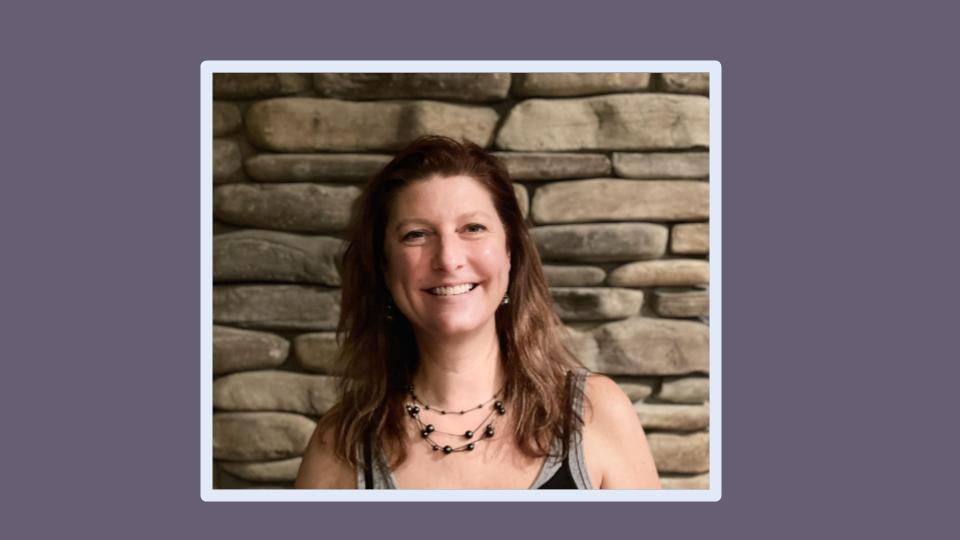
In a previous blog I recounted the issues I faced as a newer behaviorist who was tasked with developing behavior plans that addressed the behavioral challenges related to comorbid diagnoses. I touched on how I considered ID/DD/MI/ASD and medical conditions that affect mood, which is not unusual to find existing inside one person, to develop a behavior plan.
In this blog, I am writing about my behaviorist experiences after moving to the Bay Area. I had completed a master’s in counseling psychology and when this blog picks up my evolution, I had completed my doctoral classes in clinical psychology. I was now at a deeper level of extrication, working through the entanglement of psychiatric symptoms to address behavioral challenges for people with ID/DD and ASD.
After completing work at a community mental health agency partial-hospitalization program, I launched the behavioral consulting services department at the agency; a department that would mix two worlds that really needed to find each other again. With the support of the vice president of the agency, I was able to recruit psychology interns to work with people with ID/DD/ASD. Their strong psychological knowledge informed them to get in front of a client’s barriers to success and to use their clinical skills to morph thinking about the client so the team could “get out the way of progress.”
A big frustration: administrative tasks were a crushing use of time that limited how many clients we could take on for this very special community mental health need. I know many agencies are still crushed by admin tasks some 20 years later, but as a director, I never really shook the unpleasant feeling of putting people on wait lists. Also, not having my eyes on the data because data was in binders somewhere else made supervision of the interns dependent on my interview skills and asking all the right questions to uncover barriers to success.
Fortunately, my interview skills were actively being enhanced as I had the honor of working with a mentor at the agency who opened my eyes to collaboration at a level beyond what I was able to implement in the earlier years. Under his mentorship, I was able to see the interplay between client, family, staff, regulatory agencies, housemates, workmates, the psychology intern, me, almost simultaneously.
I was able to visualize the constellation of psychological defenses/transferences, learned behavior and develop the hypothesized function of each team member’s behaviors. The awareness helped me identify the blocks and develop collaboration exchanges to alleviate the client’s experience of the pressures from the team members. I just wanted to allow the client to focus on self.
As of 2020, the behavioral consulting department is still pairing psychology interns with cases deemed “behavioral.” After passing the boards, I left the agency to pursue private consultation in 2004. I was a licensed psychologist with a passion for helping those with learning differences and I was on a mission.
Interviewing clients and their team members was a deep dive into creating a dotted line from the behaviors to the goal. Once I had a theory of which defenses against change were at play and what skills were lacking, I was able to phrase “what if” questions in a manner that empowered the team member to consider and learn another way of behaving. The outlier behaviors to the goal of client growth were woven into my treatment plans. Yes, I was often “speaking” to team members through my plans to “get out of the way” and “lean-in” to the process of behavior change. Respectfully guiding them to let the client grow in the best possible way.
Understanding transference and countertransference was one of the best informants. I used my reactions to the people and situations of a behavioral consulting case to guide how I would motivate team members to respectfully engage the adults in their care. Of course, I employed reinforcement to breed success. What were they already doing well? What could I give them to accomplish that would have a high probability of being successful? But less usual for a behaviorist is to ask “how do I use my reactions to team members to make sure I do not hinder the process of growth when I write the plans and train?”
Some examples are: If I am not fond of a person, or feel angered by a person, or feel like taking care of the fragility in a person, or if I feel depressed when I am with a team member, how do I train team members to respectfully recommend, encourage and suggest ways of behaving to the client while managing my own reactions to want to manage, handle and deal with what feels uncomfortable? Do you see the parallel? Much of what a behaviorist is struggling with (wanting to manage, handle and deal with a team member) is what the team member may be experiencing with the client. I can identify with their process. One of my functions as a behaviorist is to avoid being another barrier to success while conversely using the “energy” I feel when with the team members to shift their focus to helping the client. I encourage you to notice your transferences and embrace them as information about the team members.
Does the client feel blah, angry, want to take care or feel depressed when they are with the team member? Does the team member feel this when they are talking about the client? How I feel when conducting behavioral consultation with a team member informs me about the details of how they interact with the client.
How do I reverse these concretized interaction patterns? I may create excitement between the two by prescribing game playing (reversing neutrality/the blahs). I may have them engage in exercises that inspire love (reversing anger) by exchanging affirmations. I may prescribe that the adult client does something for the team member such as giving space for recharging (reversing fragility). I may prescribe a reward system that both the client and the team member receive a reward (reversing disempowerment/depressed mood). Individualized behavior plans and thorough functional behavior assessments will flourish when being informed by a behaviorist who is practiced in shaping interaction styles at many levels. I encourage you to find your techniques to grow the scope and effectiveness of your plans and training.
